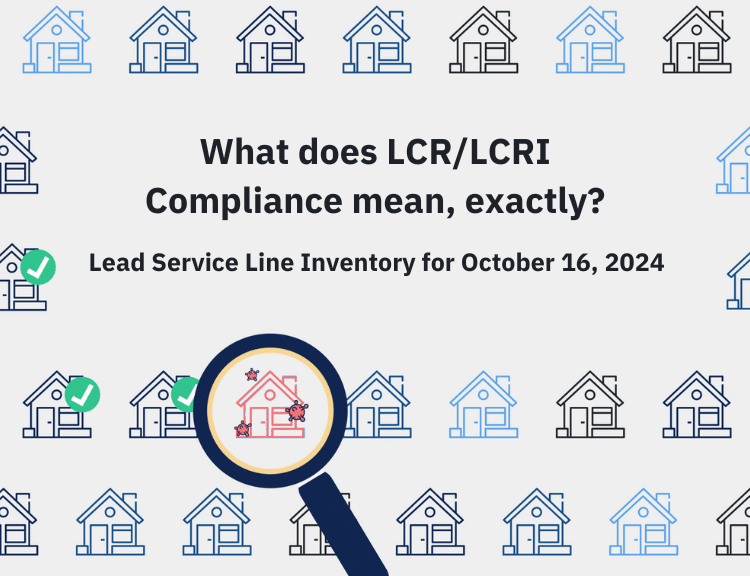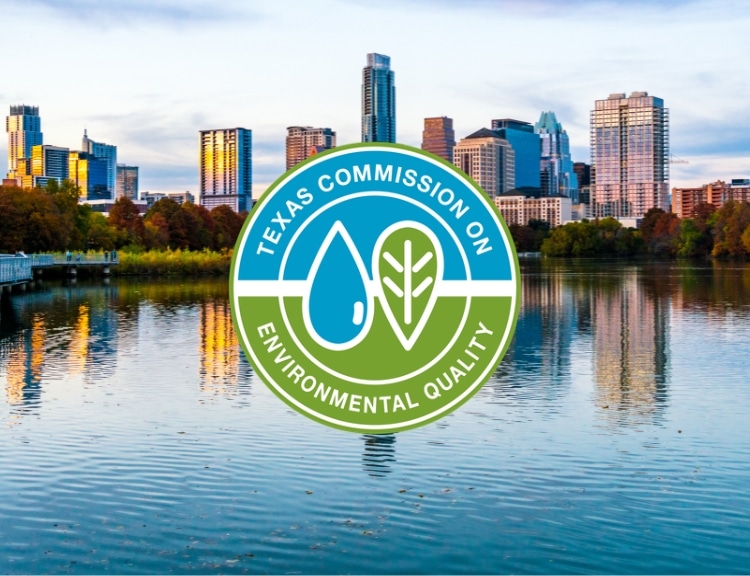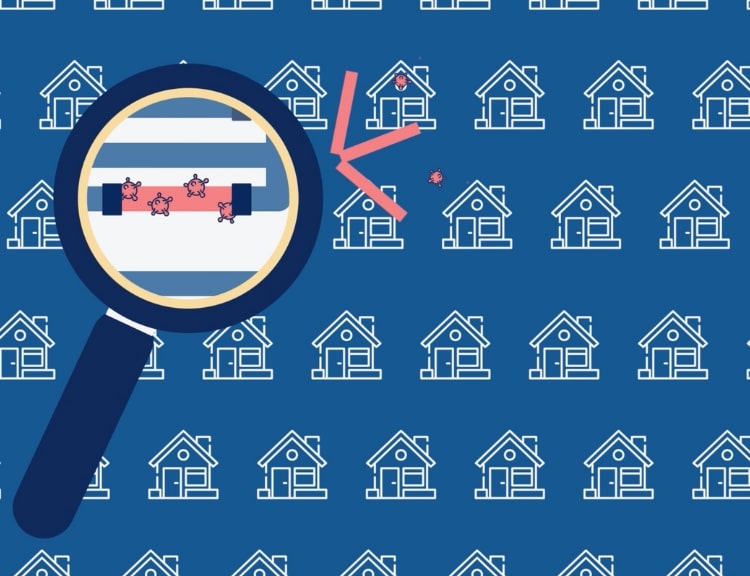Lead Service Line Inventory for October 16, 2024
We talk a lot about ‘compliance’ but the reality is that compliance is complicated and changes over time. This series breaks down compliance requirements across the LCR and the proposed LCRI to help you understand the who, what, and when of compliance.
The Environmental Protection Agency (EPA) recently proposed changes to the Lead and Copper Rule (LCR) with the Lead and Copper Rule Improvements (LCRI). Long term, LCRI compliance means that every service line made of lead or galvanized-requiring-replacement materials will be replaced. How do we get there?
There are 3 critical paths that water systems must understand, which we will explore in depth in this series:
- Short term – what does it mean to be in compliance for October 16, 2024?
- Short term – how does a water system with no known lead lines validate, for their regulator, the lack of lead in their system?
- Long term – how does a water system with lead lines/galvanized-requiring-replacement lines compliantly manage the replacement process and related requirements?
Let’s start by digging into the short-term question – what does it mean to be in compliance for October 16, 2024?
Assuming the LCRI goes into effect, the new LCRI supersedes the LCRR and modifies compliance requirements for October 16, 2024.
Two compliance requirements from the LCRR will remain in place:
- Completion of an initial Service Line Inventory by October 16, 2024
- Notify customers about service line materials within 30 days of inventory completion (Nov 14, 2024)
A Service Line Inventory is an address-by-address inventory of every water service line in the system. For every service line, the inventory must include the service line material – lead, copper, etc. – for both the public and private side of the line. If the water system is unable to validate the service line material for any portion of a service line, using a method approved by their state regulator, the material for that service line is listed as “unknown.”
The EPA released a Service Line Inventory template to guide these submissions. Some states have adopted the EPA template exactly while other states have modified the template to meet additional state-specific requirements. Your state regulator has their template linked on their website, so you can easily determine which template is right for your water system (or, reach out to BlueConduit and we can help you identify your state’s template and specific guidance!).
Creating a Service Line Inventory is a huge undertaking that forces water systems to address their data management and data digitization strategy, technology, and resources. And creating a standardized, well-managed initial inventory is critical; the inventory is the backbone for all future LCR/LCRI compliance requirements. Moving forward, inventories will be required to be updated annually and they form the baseline for long-term compliance, driving everything from replacement rate, to customer notifications, and to tap sampling requirements.
Struggling to get a handle on your Service Line Inventory? BlueConduit can help! Our machine learning platform, supported by a team of expert Data Scientists, supports initial inventory development as well as predictive modeling for unknown management. Reach out to learn more.
Next up, we’ll discuss the customer notification requirements for 2024, with a focus on building customer trust with a strong plan for replacements and unknown management.





